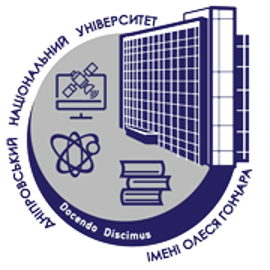Розвиток одеської метеорної астрономії в середині ХХ століття
DOI:
https://doi.org/10.15421/271906Анотація
За допомогою методу джерелознавчого аналізу висвітлено місце й роль Одеської астрономічної обсерваторії (ОАО) в розгортанні метеорних досліджень у середині минулого століття як в Україні, так і на всесоюзному та міжнародному рівнях. Зазначено, що завдяки плідній науково-організаційній роботі В. П. Цесевича, успішній конструкторській діяльності Ю. Н. Крамера, розробці нових методів обробки результатів спостережень та удосконалення методики метеорних досліджень ОАО в означений період стає одним із визнаних світових центрів у галузі фотографічних досліджень метеорів. Показано, що у період Міжнародного геофізичного року (МГР), коли ОАО здійснювала керівництво всесоюзною роботою з проблеми «Вивчення метеорів» і у наступні роки під час виконання геофізичних програм дослідження метеорів у Міжнародний рік співробітництва (МРС) та Міжнародний рік спокійного Сонця (МРСС) було накопичено багатий науковий досвід з координації спостережень, збору та аналізу даних і підготовлені наукові кадри, здатні вирішувати самостійні завдання в галузі метеорної астрономії.





